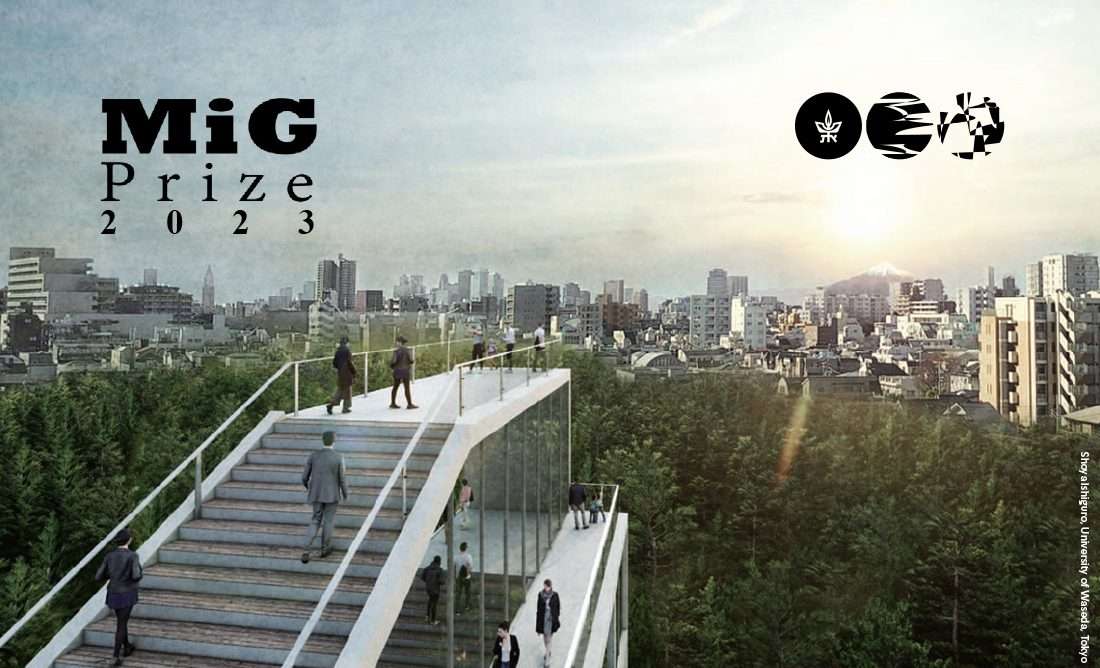The Michel Gelrubin Architecture Prize is designed to bring out new talents by giving students an opportunity for international recognition.
The collaboration of famous architects, designers, and educators such as Moshe Safdie, Winka Dubbeldam, Daniel Libeskind, and Jean Nouvel. Moreover, Ora Ito, Philippe Maidenberg, Daniel Bismut, Kobi Karp, Jean Michel Wilmotte, Eran Neuman, and Roy Kozlovsky inspires and motivates students to present their projects to these great names involved in contemporary architecture.
Furthermore, open internationally, the Prize is awarded annually to honor students whose work demonstrates a combination of vision and talent in the art of architecture and planning.
Founded in 2013 by Leslie and Samuel Gelrubin in memory of their beloved father. The award is not only funded by their family. But also by the American and French Friends of the Tel Aviv University, and by professional sponsors. The competition is held by the Azrieli School of Architecture at Tel Aviv University.
The challenge:
This year’s MiG challenge reflects on Moshe Safdie’s statement “I want my buildings to take root and look as if they’ve always been there. It isn’t about pastiche or adapting what’s already there. It’s about trying to blend the future and the past.”
This difficult task raises the problems of the site within the framework of local. A term coined in the 1990s to think about globalization dialectically, as an interdependent process of integration and diversification. The local is shaped by the global, but also that locality becomes ever more important either as resistance or as a motor of innovation.
In light of recent developments such as the worldwide pandemic, climate crisis, and the fracturing of the international political order, it is time to reconsider the agency of the local. The 2022 MIG prize challenge is to rethink how the local is redefined by these worldwide challenges through cooperative and confrontational interaction with other localities and scales of reference.
The proposed project should make a clear statement in regard to the status of the locality in its different aspects. As it adapts to inflows and outflows and tests its architectural implications in the design of a building.
The project includes details of the scale of a building and an explanation of the ideology behind the design. The design must address the well-being of the users and respect the surrounding environment of the proposed projects.
Learn more on this website.
Finally, read more on Archup:
Want to Stay Relevant in Architecture? Become an Adaptive Reuse or Renovation Expert


 العربية
العربية